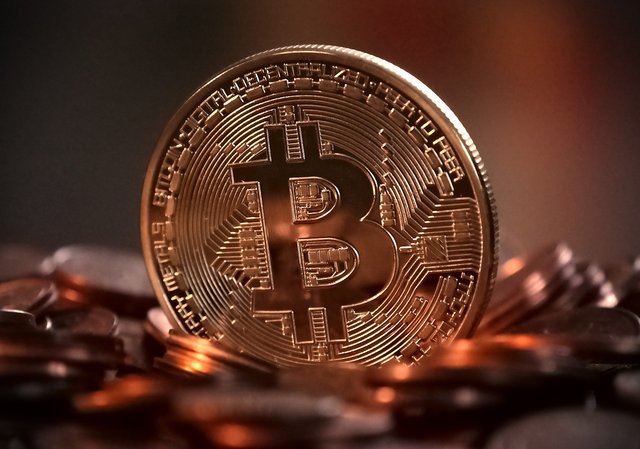"The Final Countdown: What Happens When All Bitcoin Are Mined?"
The topic of "What if all Bitcoin were mined?" delves into the implications and future scenarios of Bitcoin once all 21 million coins have been mined. Here’s an exploration of the various aspects and potential impacts:
The Basics
Bitcoin has a fixed supply of 21 million coins. This cap is embedded in its protocol to create scarcity, similar to precious metals like gold. As of now, over 19 million bitcoins have been mined, leaving less than 2 million to be mined until the total supply is exhausted.
Mining Rewards and Halving
Currently, Bitcoin miners receive rewards in two forms: new bitcoins generated with each block (block rewards) and transaction fees. The block reward started at 50 bitcoins per block and undergoes halving approximately every four years. As of now, the reward is 6.25 bitcoins per block, and it will continue to halve until it approaches zero around the year 2140.
Post-Mining Era: Transaction Fees
Once all bitcoins are mined, miners will no longer receive block rewards. Instead, their revenue will come solely from transaction fees. This shift raises several questions:
- Economic Incentives: Will transaction fees alone provide enough incentive for miners to continue validating and securing the network?
- Transaction Costs: Could this lead to higher transaction fees for users, potentially affecting Bitcoin’s usability for everyday transactions?
Network Security
The security of the Bitcoin network relies on the distributed efforts of miners. If mining becomes unprofitable due to insufficient transaction fees, it could result in reduced miner participation, making the network more vulnerable to attacks. This scenario highlights the importance of maintaining a balance between mining incentives and network security.
Market Dynamics and Bitcoin Value
The fixed supply of Bitcoin contributes to its store of value proposition. As all bitcoins are mined, the dynamics of supply and demand will solely depend on market participants' trading behavior. Scarcity might increase Bitcoin’s value if demand remains strong, but the market could also face volatility if demand fluctuates.
Technological and Protocol Evolution
Bitcoin’s development is community-driven and relies on consensus. Future updates and improvements, such as scaling solutions like the Lightning Network, could address some concerns related to transaction costs and speed, ensuring that Bitcoin remains a viable option for various use cases.
Economic and Social Implications
- Adoption: Higher transaction fees might push users towards other cryptocurrencies or off-chain solutions for smaller transactions.
- Institutional Interest: The fixed supply and resultant scarcity could increase institutional interest in Bitcoin as a hedge against inflation and economic instability.
- Regulation: Governments might intensify regulatory scrutiny as Bitcoin’s fixed supply and increasing value could impact global financial systems.
Conclusion
The completion of Bitcoin mining will mark a significant milestone in its lifecycle. The reliance on transaction fees will necessitate technological advancements and adjustments in the network’s economic model to sustain miner participation and network security. While the fixed supply could bolster Bitcoin’s appeal as a store of value, the ecosystem will need to adapt to ensure continued usability and security.
This transition period will be crucial in shaping the future of Bitcoin, influencing everything from miner incentives to user adoption and regulatory approaches.
